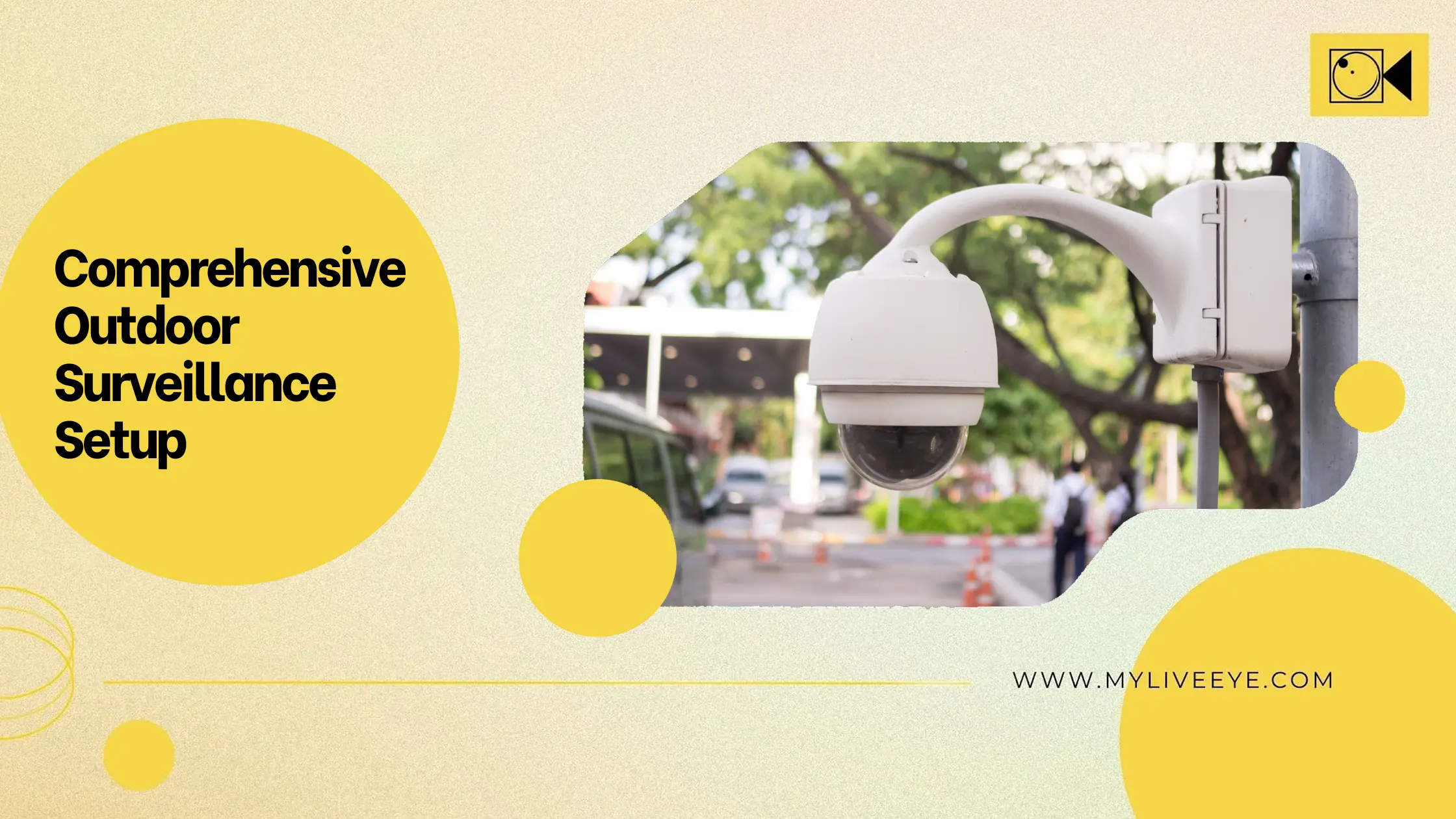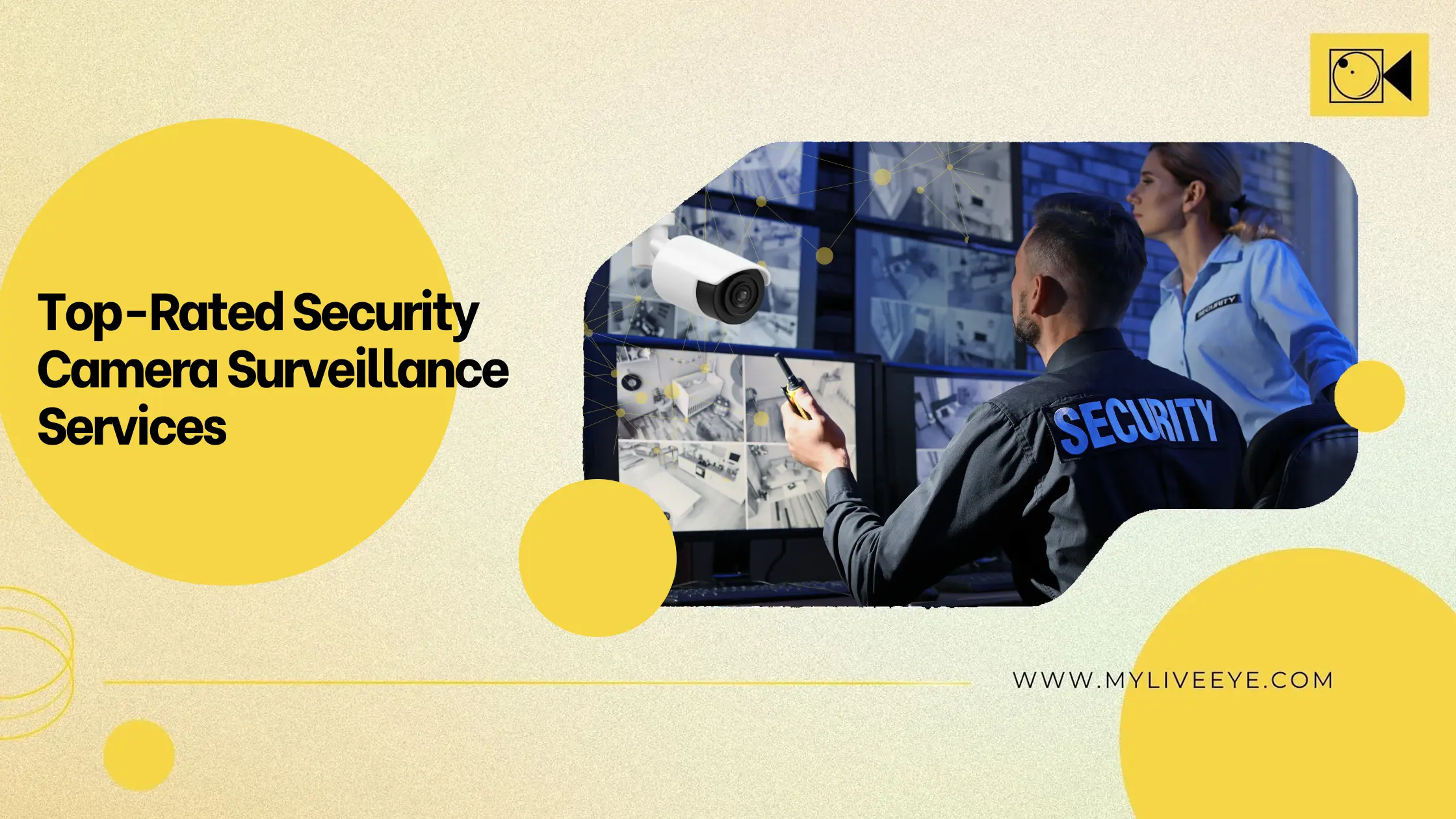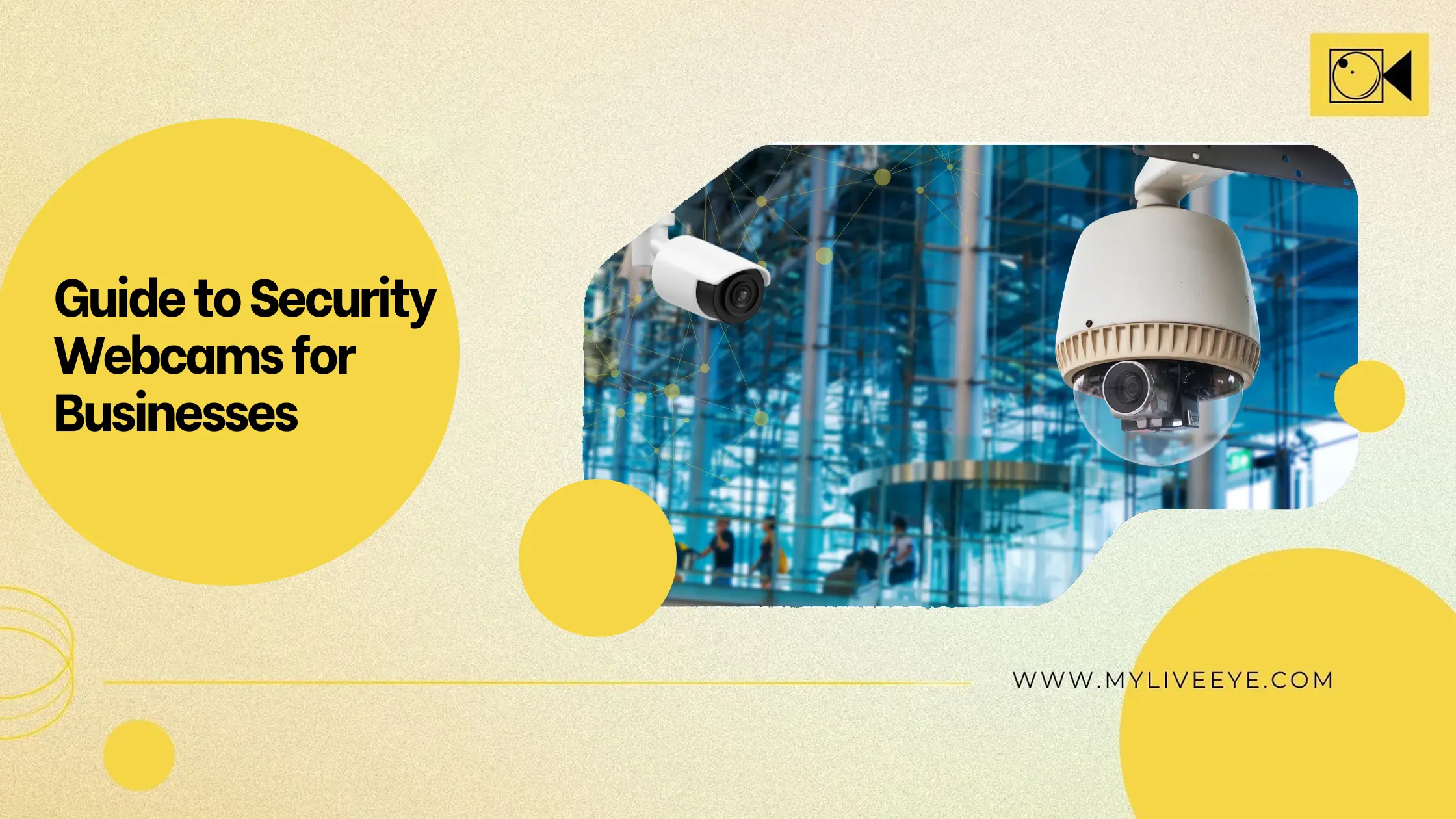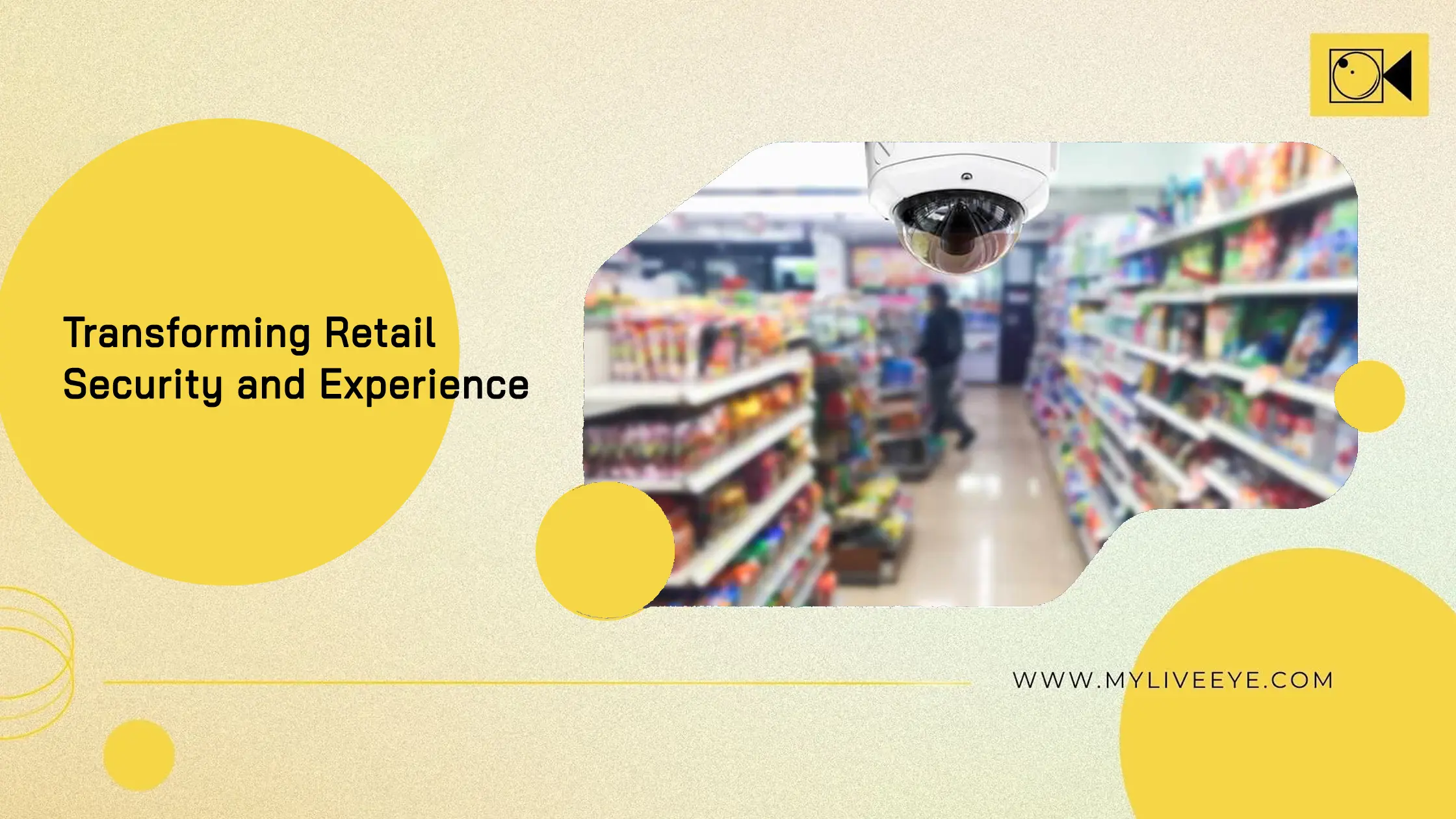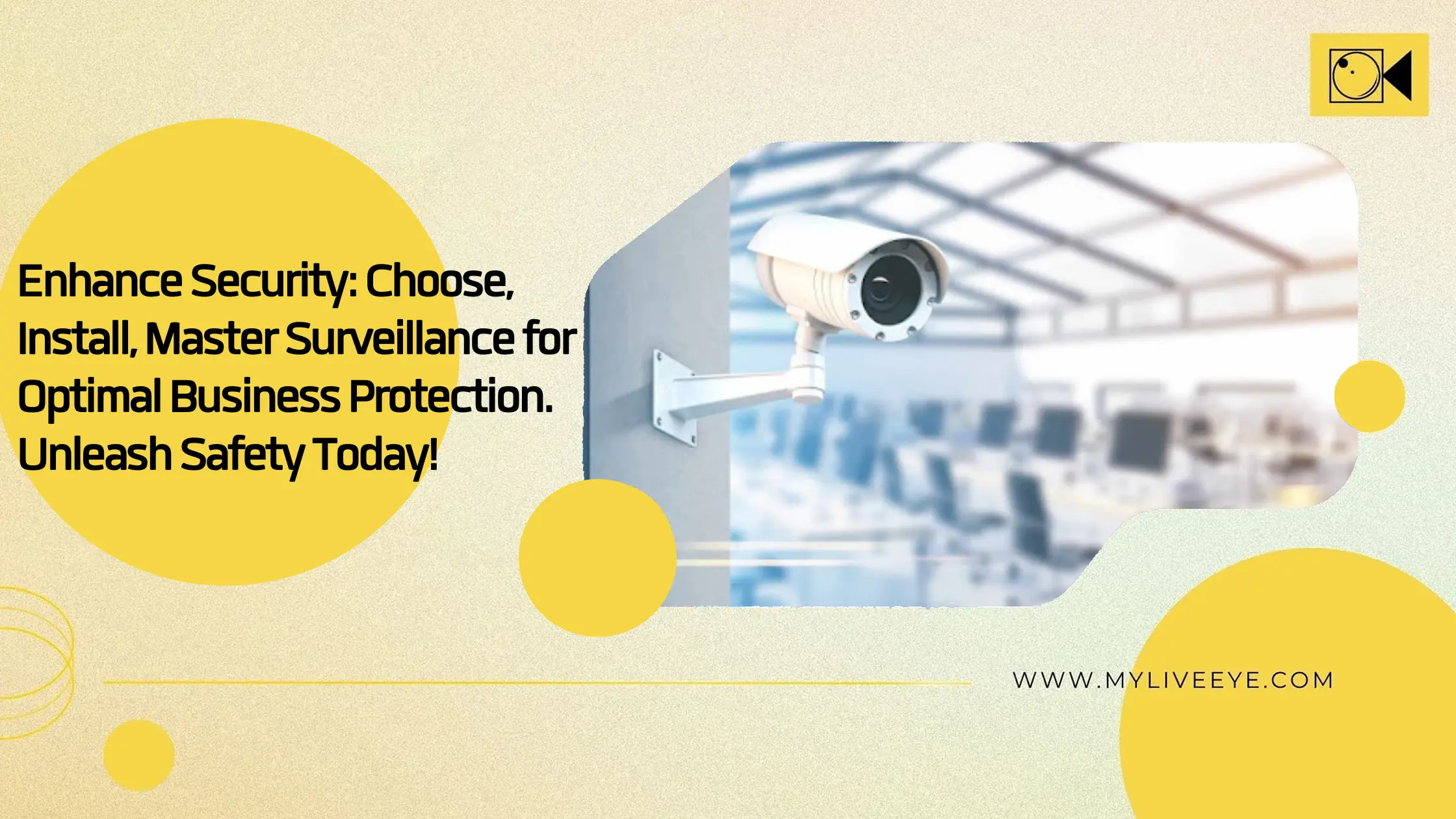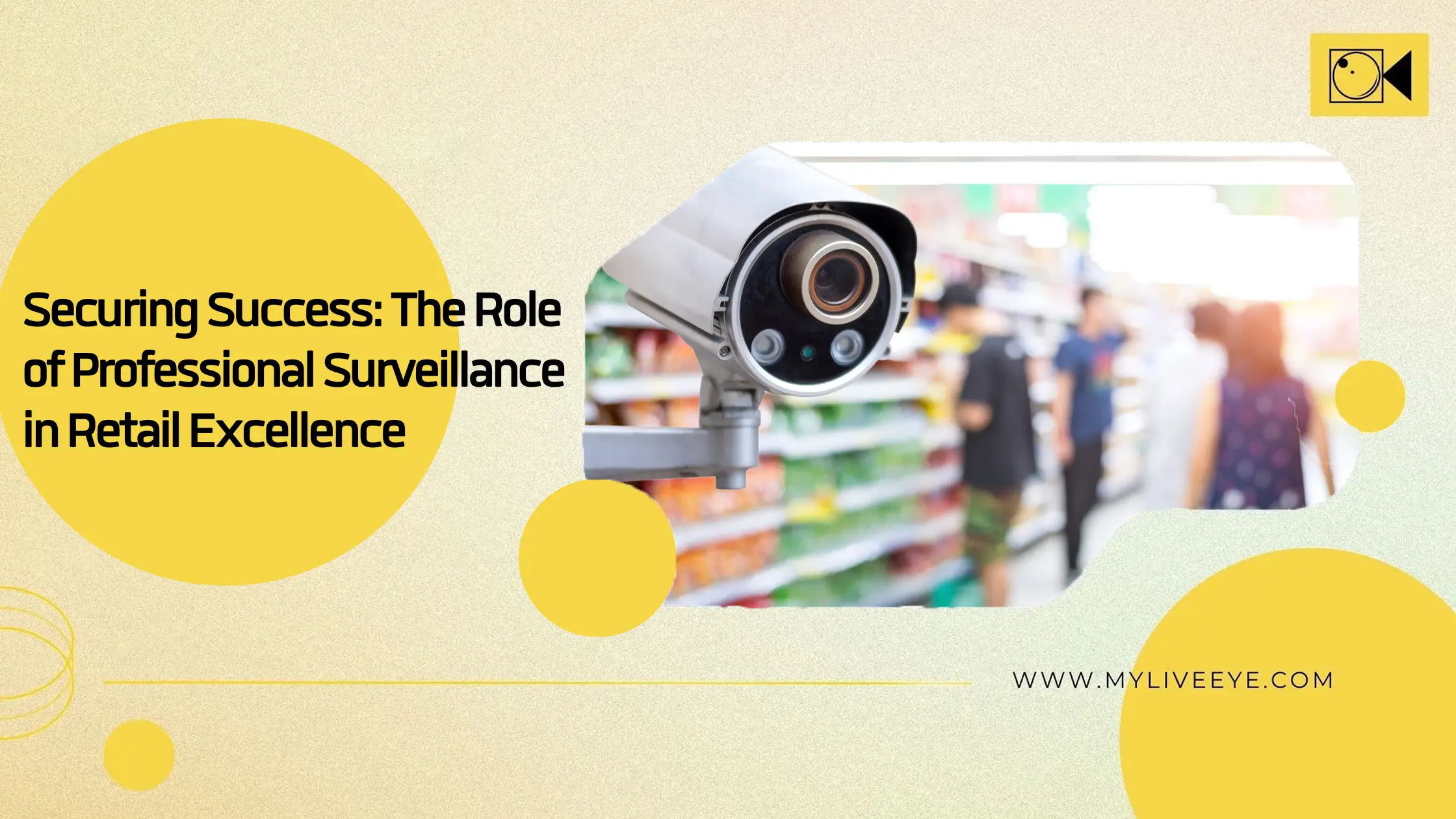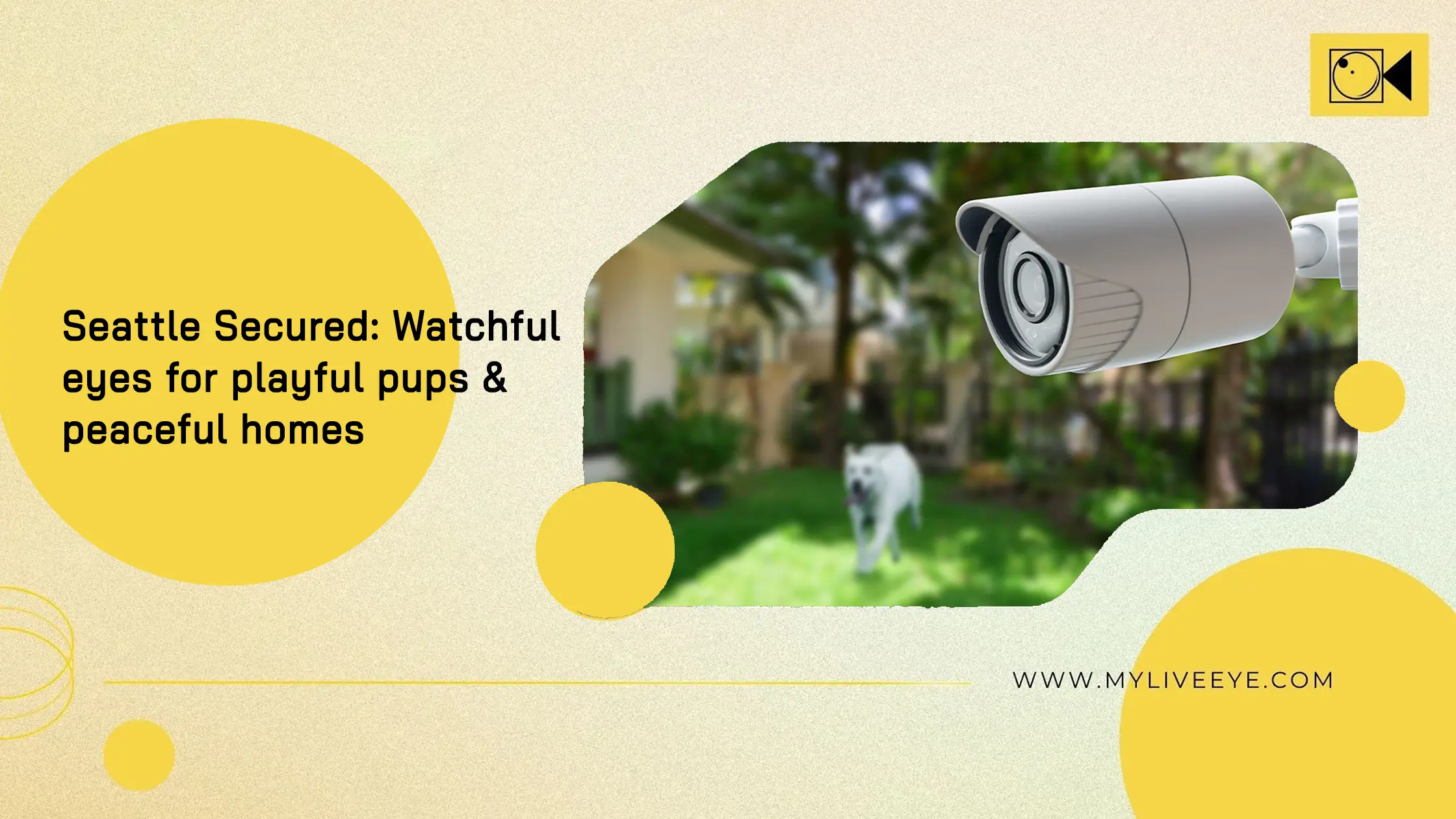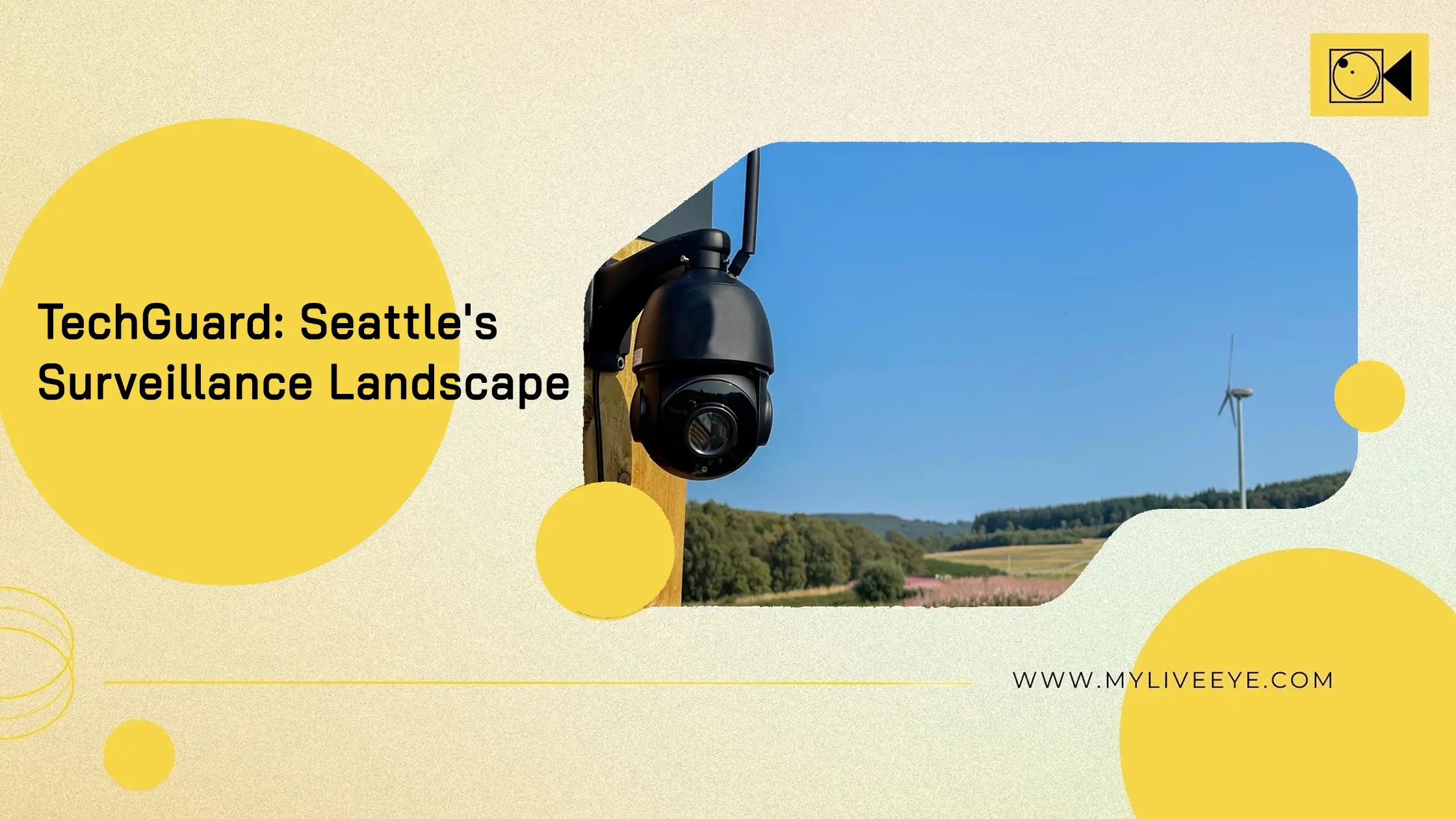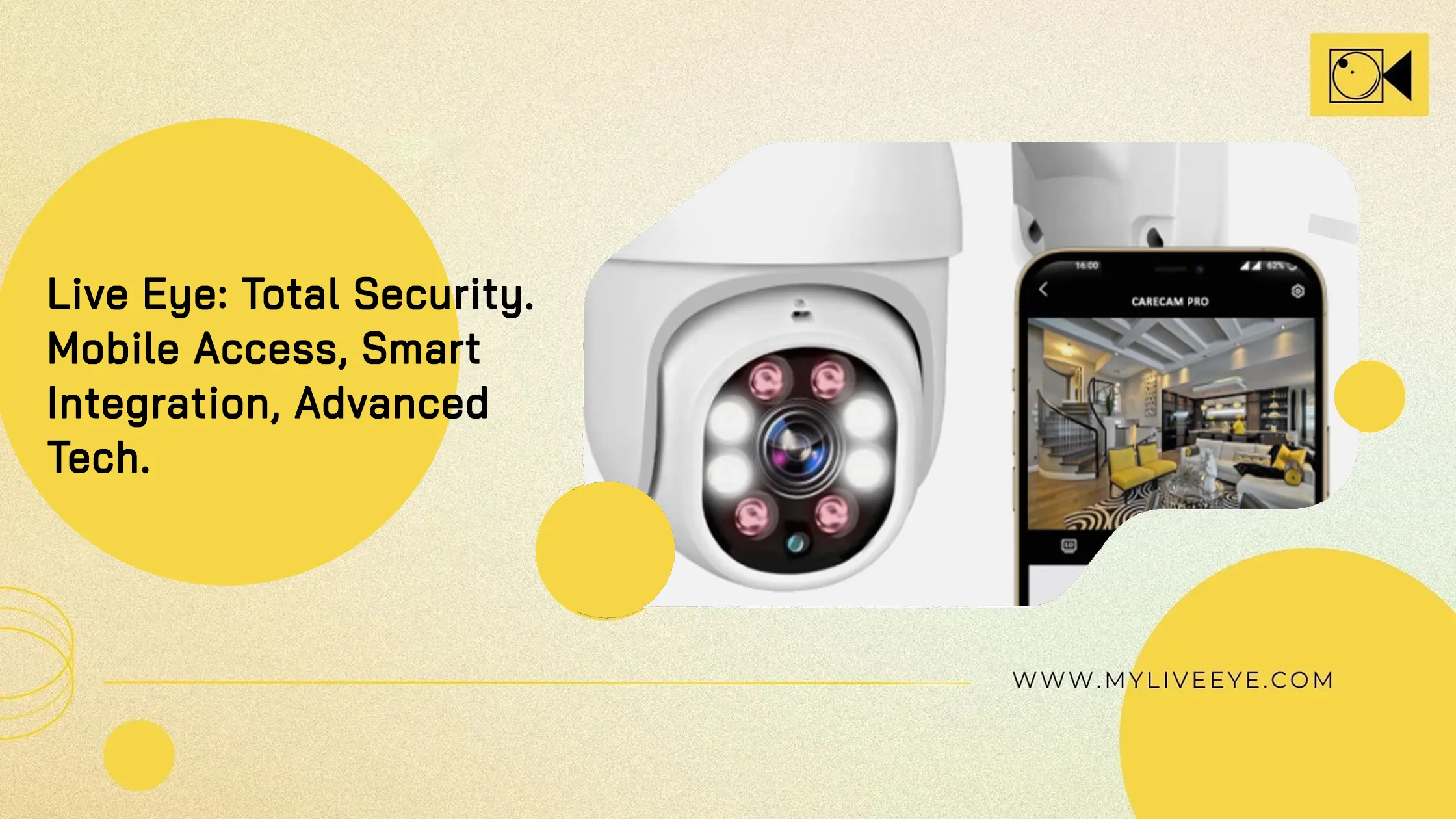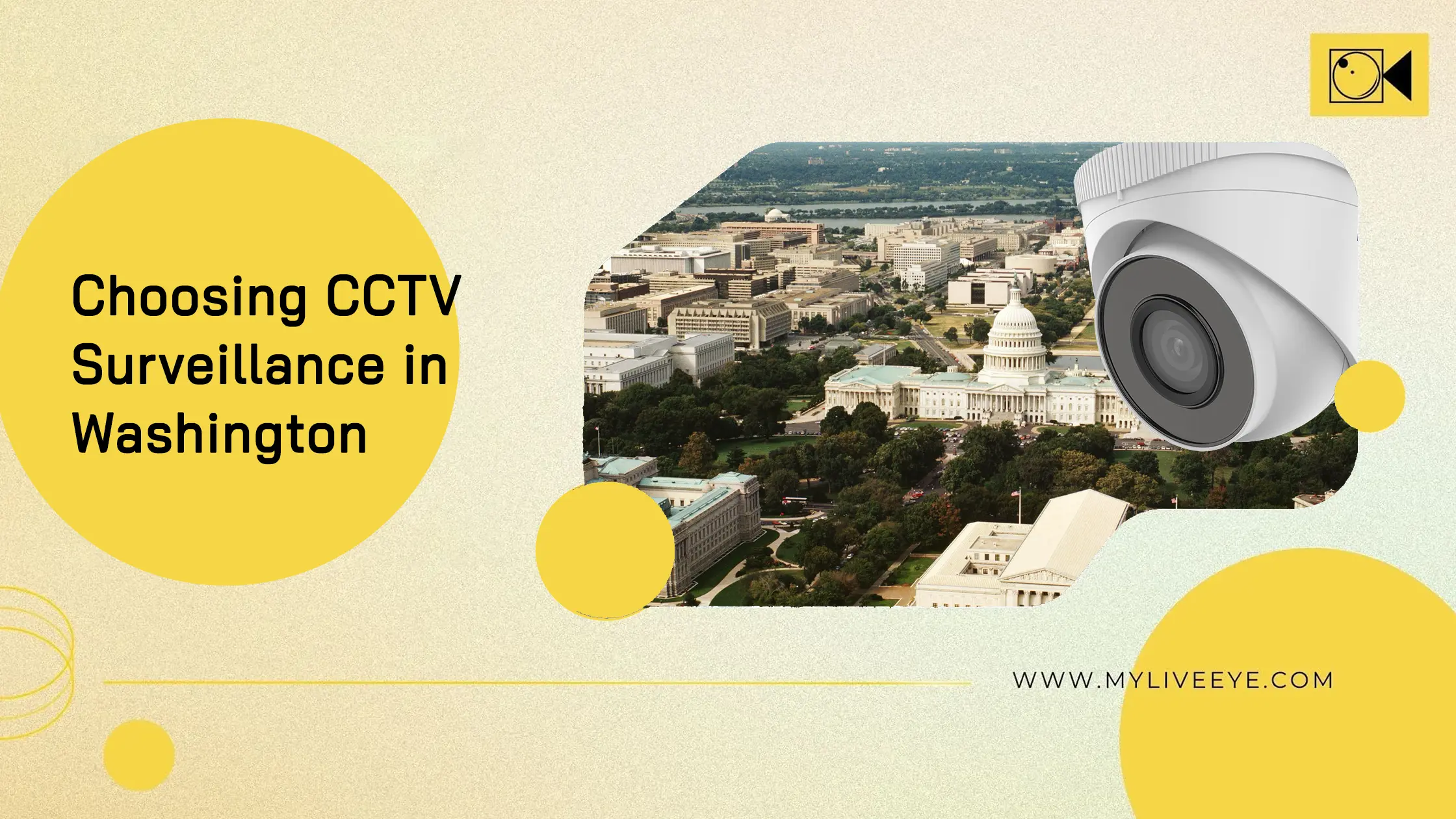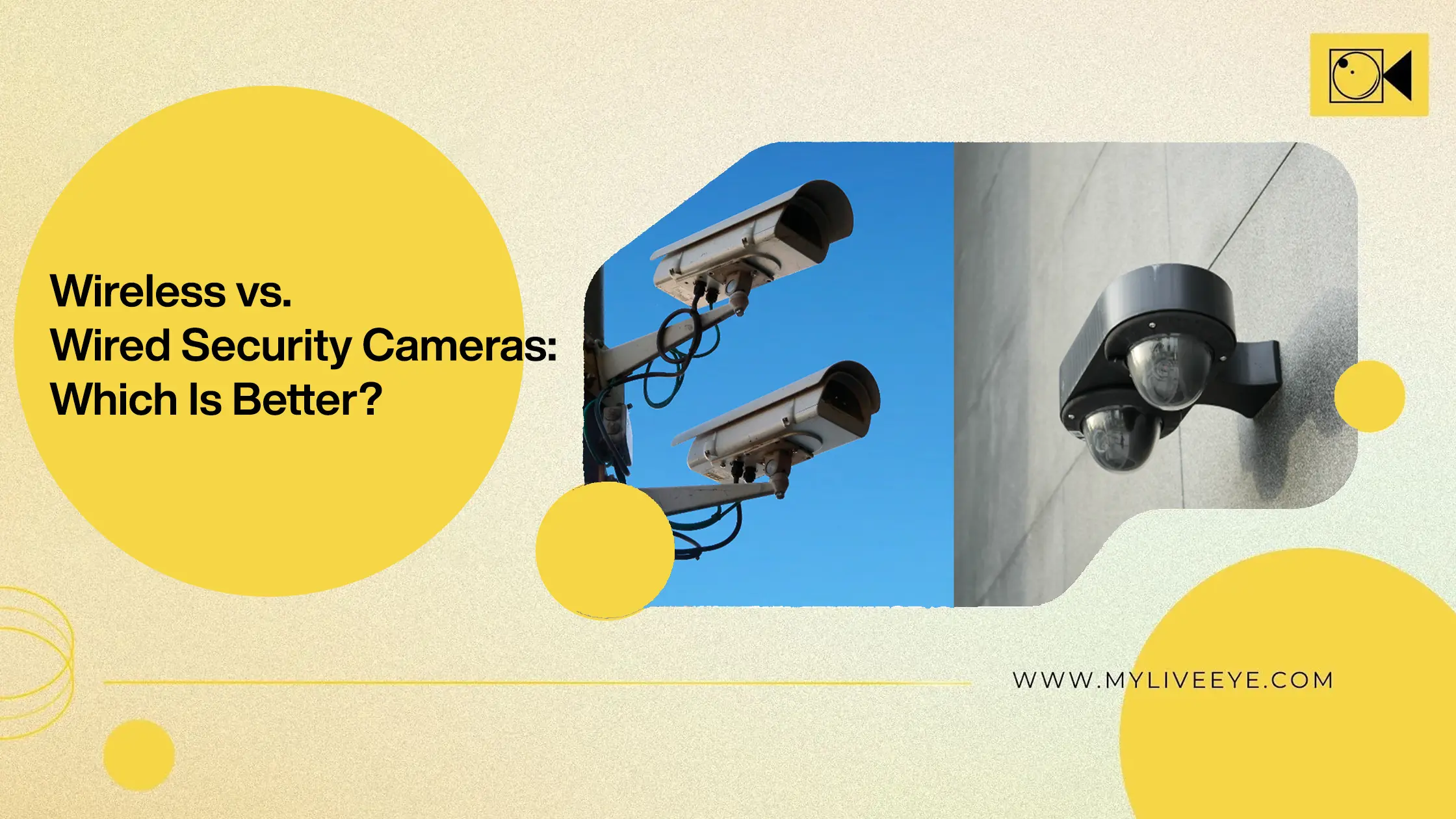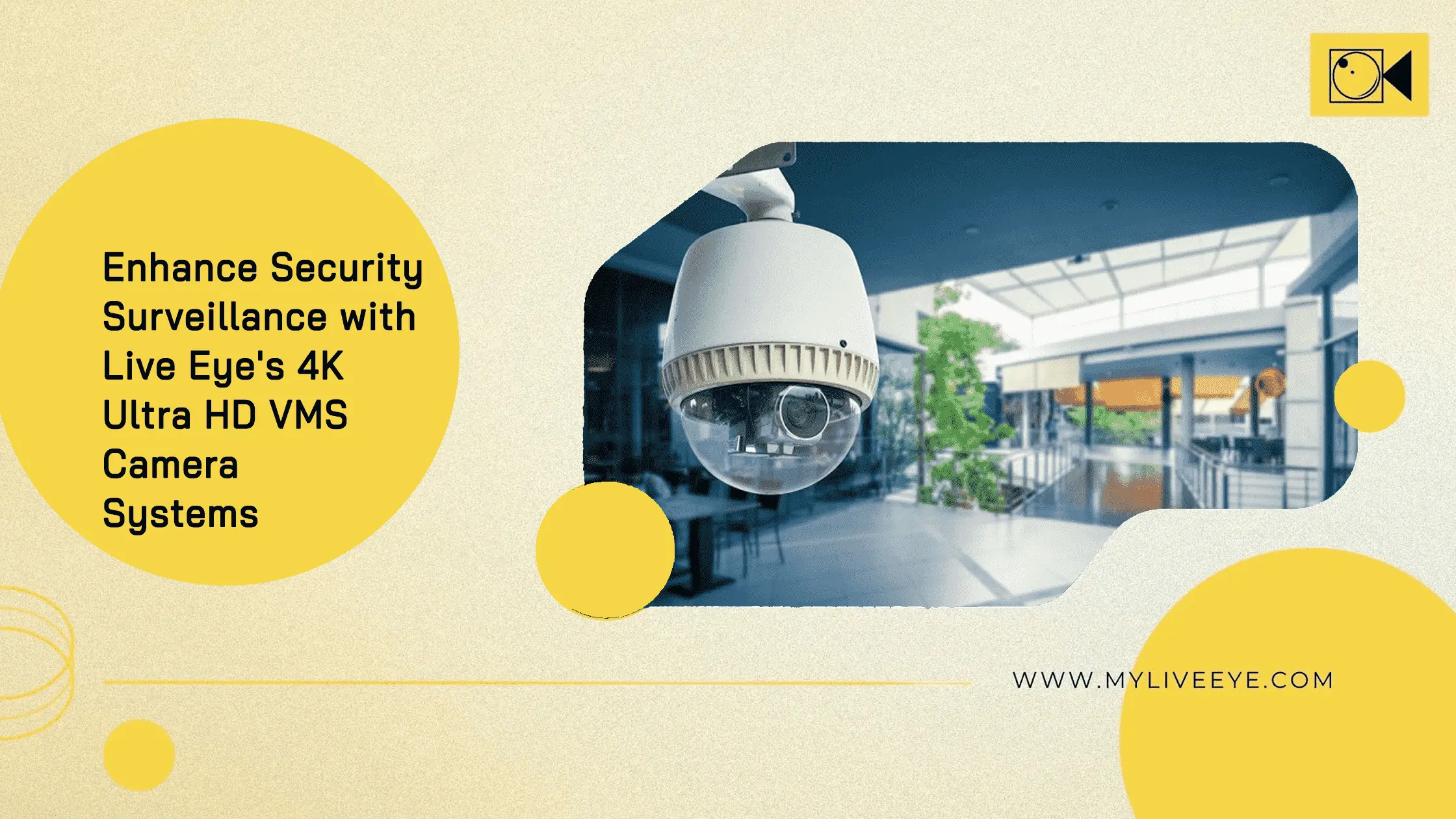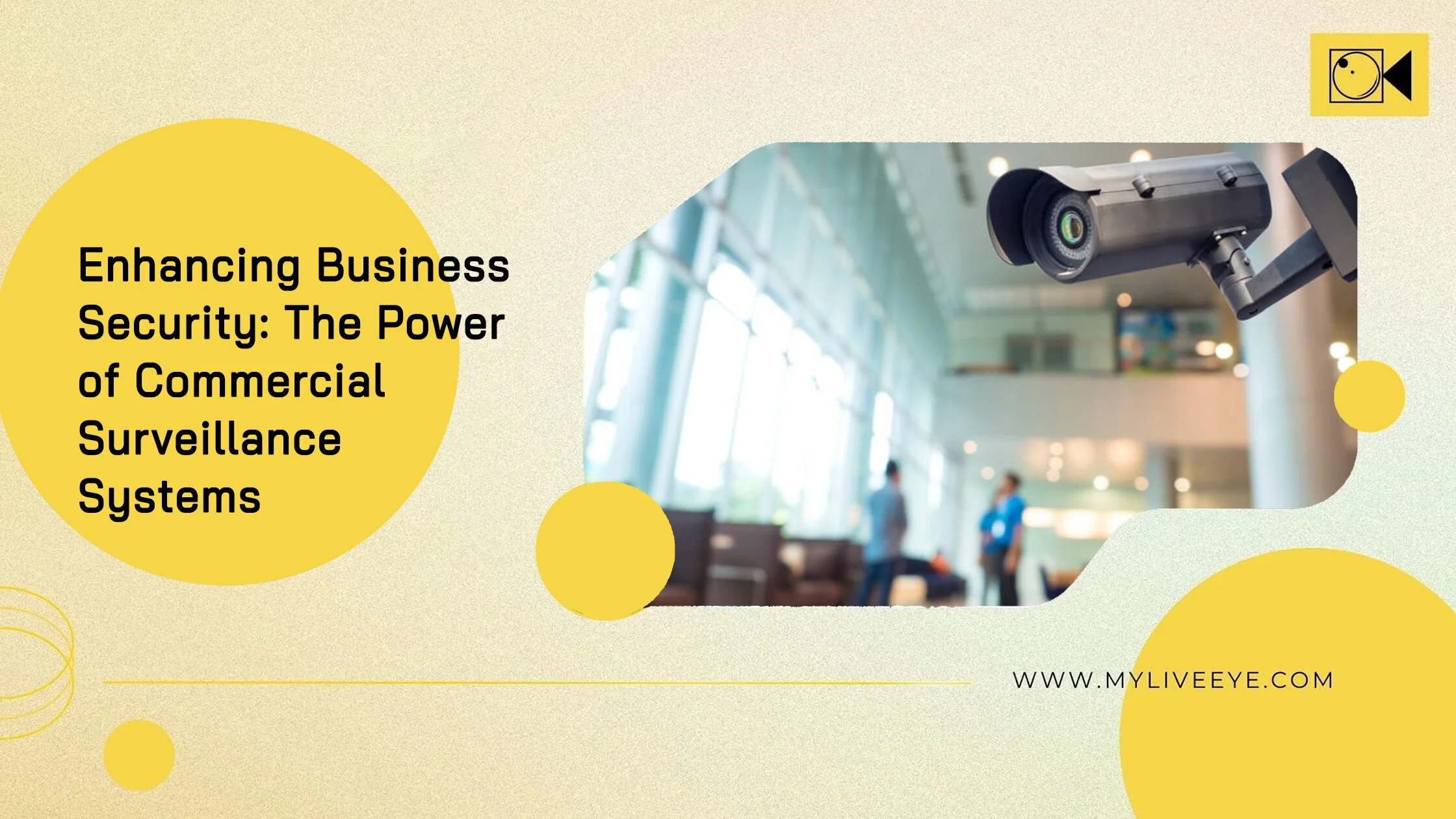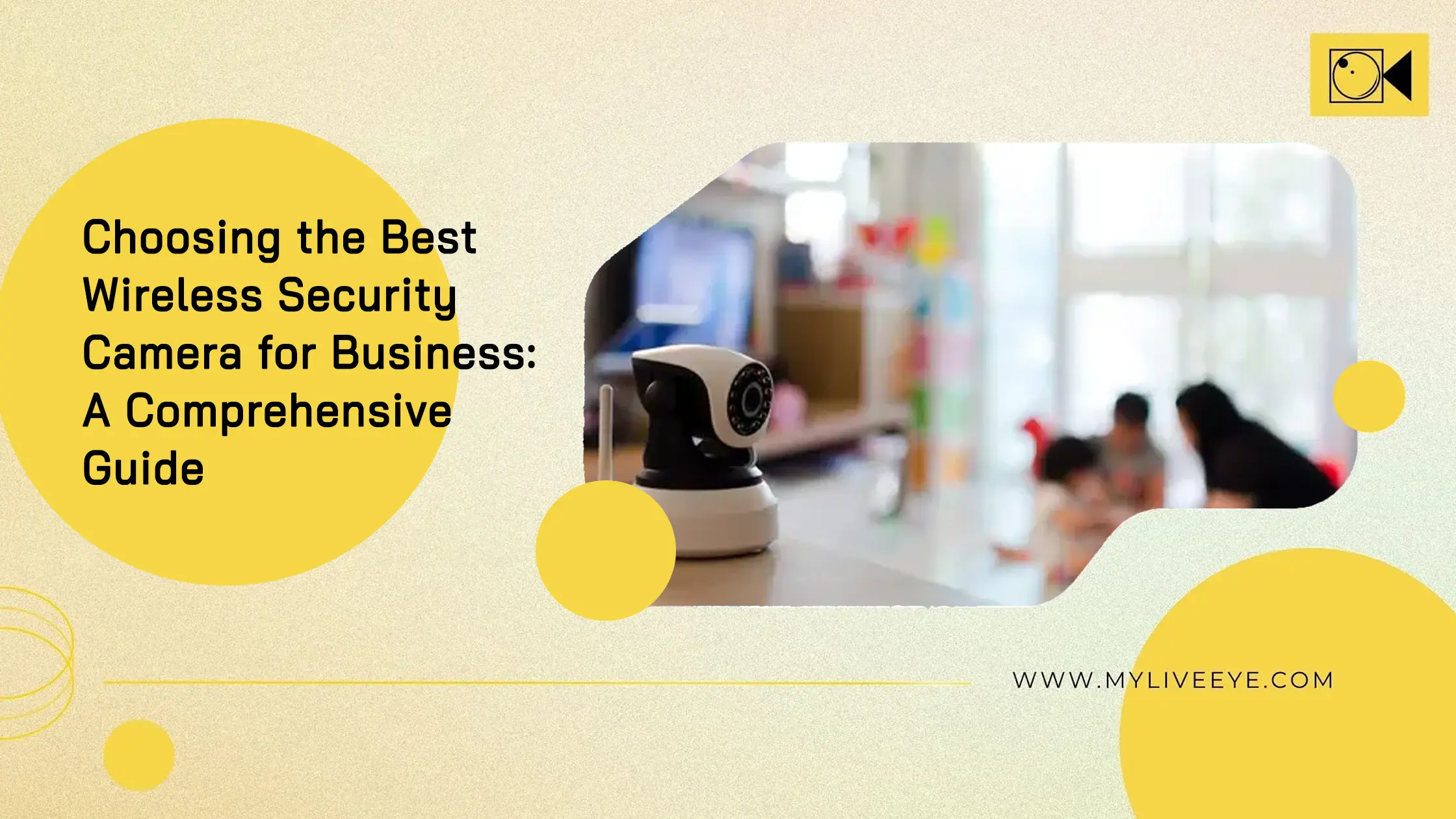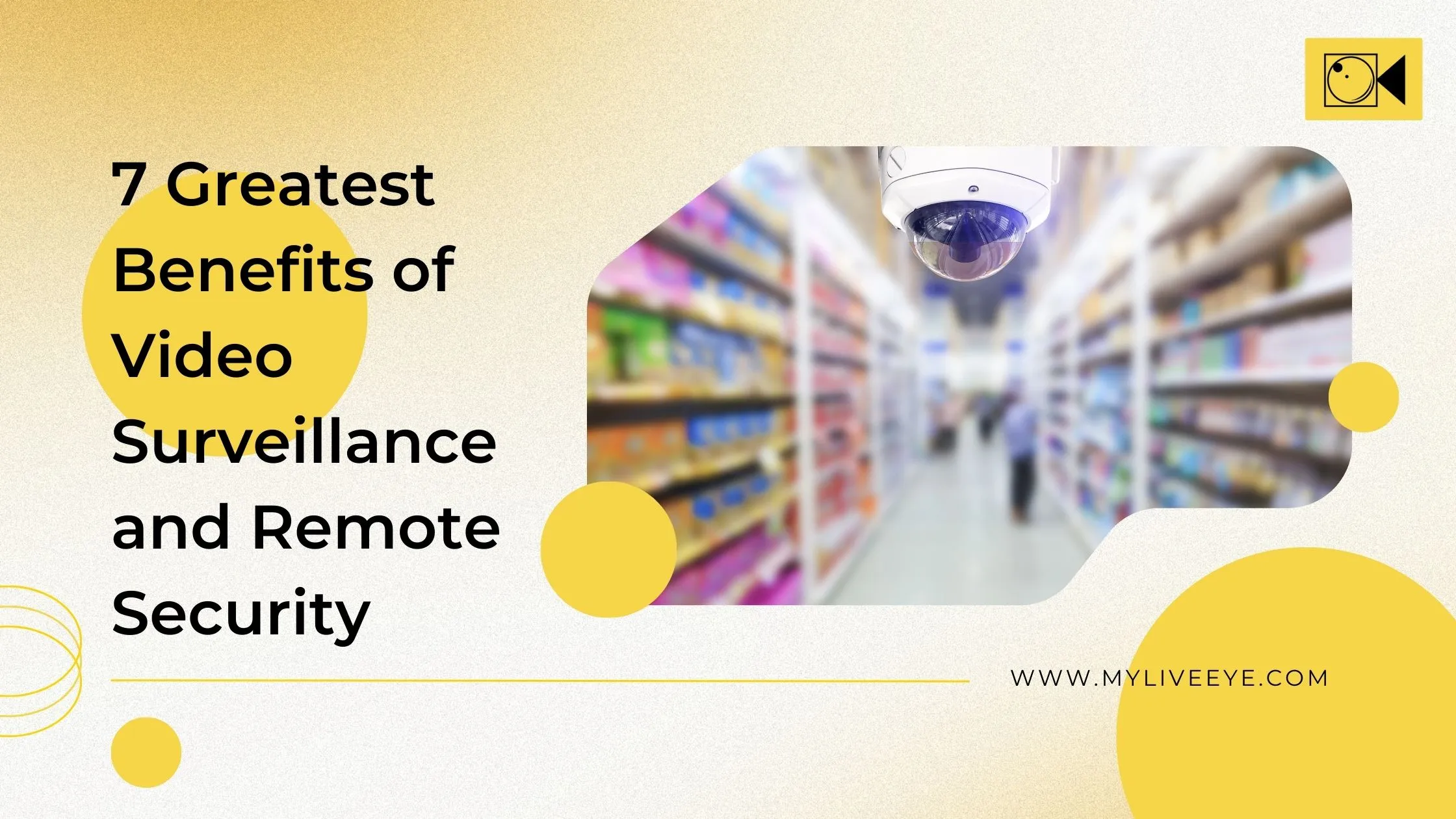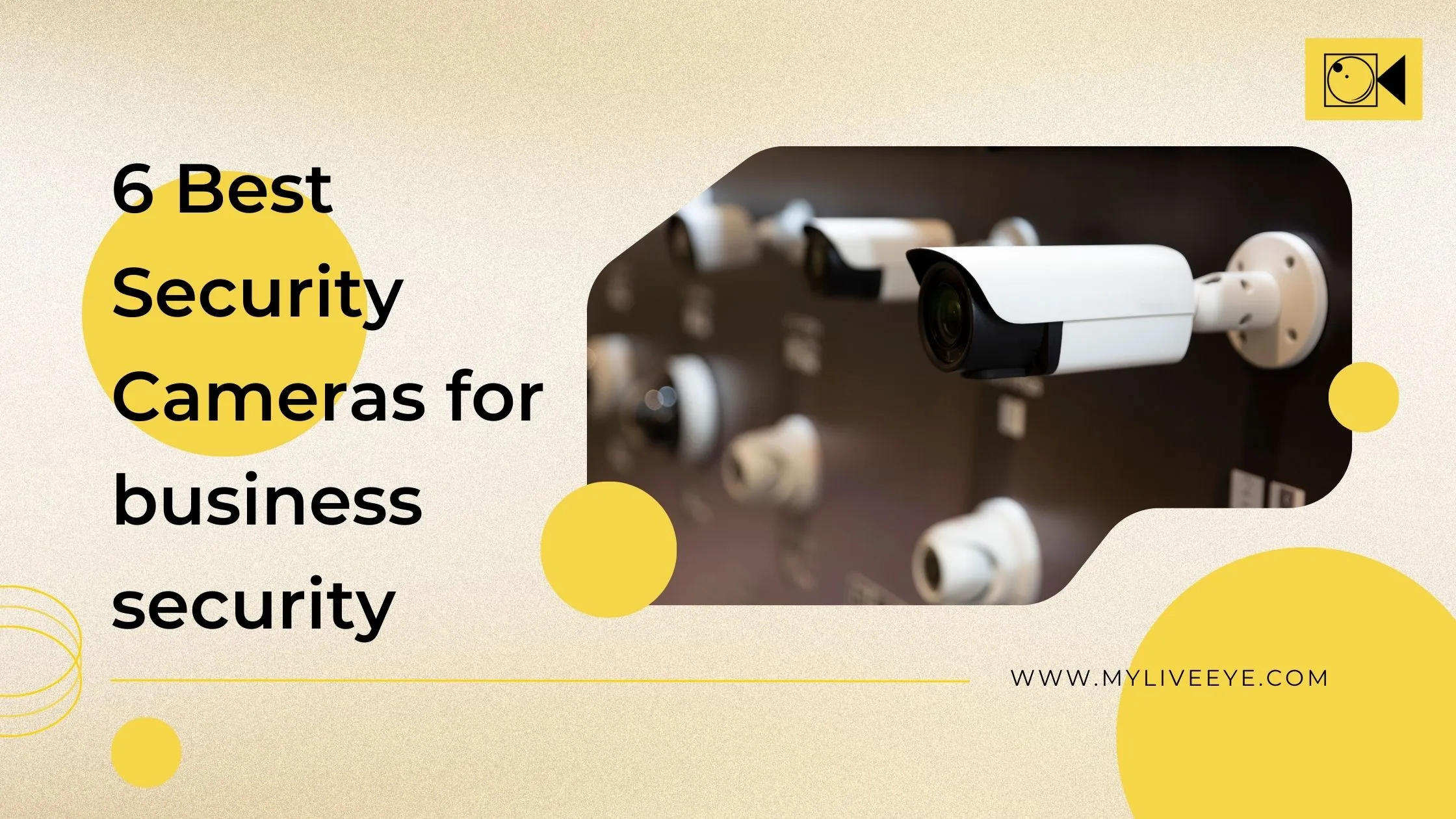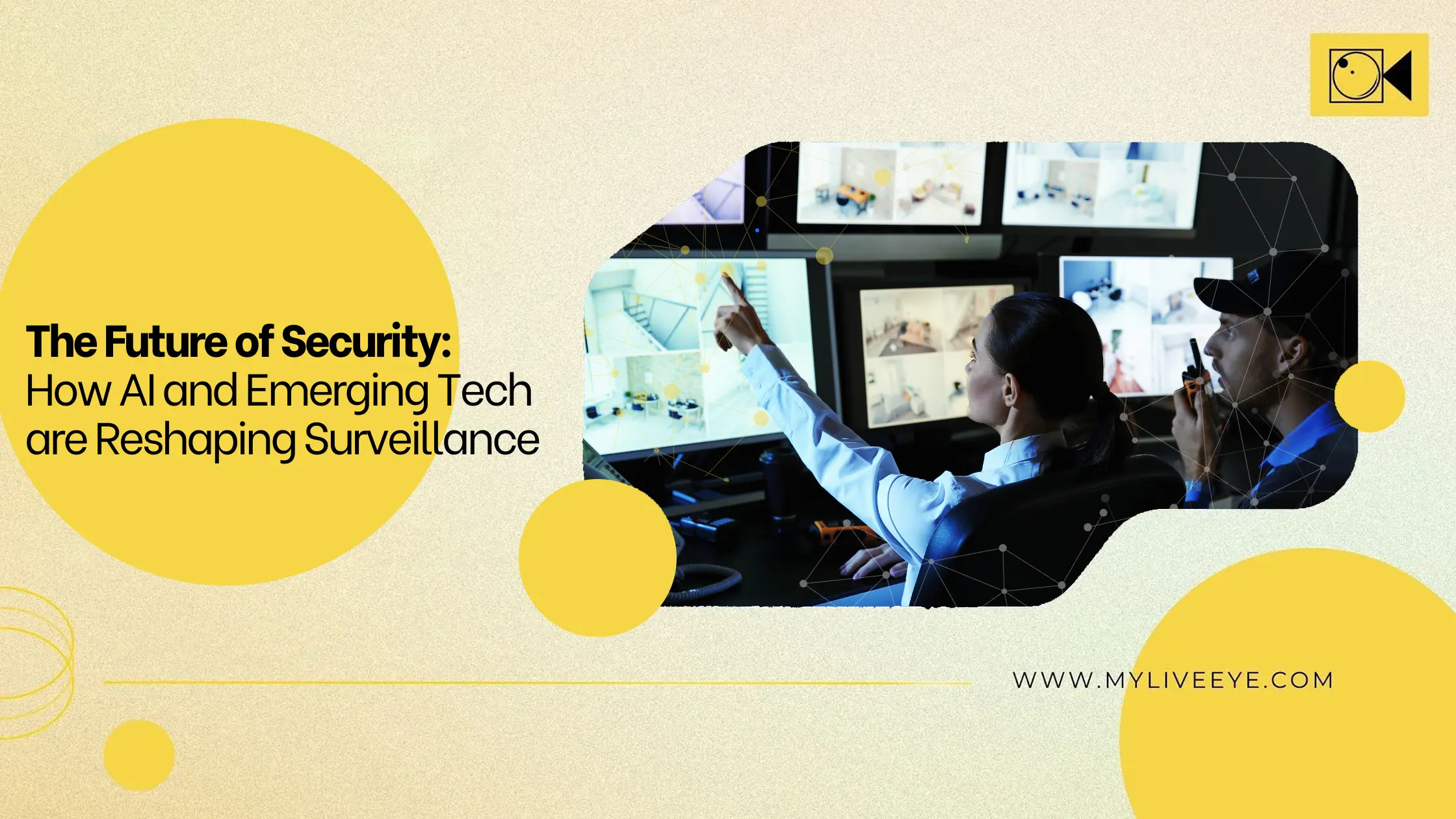
Advancements in Surveillance Technology: Shaping Security in 2024 and Beyond
Advancements in Surveillance Technology: What's Trending in 2024
In the dynamic landscape of surveillance technology, staying ahead of the curve is essential for providing cutting-edge security solutions. As we delve into 2024, the industry continues to witness remarkable advancements that redefine the capabilities of surveillance systems. From integrating artificial intelligence (AI) and machine learning to the transformative impact of 5G and the Internet of Things (IoT), the future of surveillance is brimming with innovation. In this blog, we'll explore the emerging technologies shaping the field, delve into the role of AI and machine learning, analyze the impact of 5G connectivity, discuss IoT integration for comprehensive monitoring, highlight future trends and predictions, and emphasize the importance of keeping up with technological advancements.
Emerging Technologies in Surveillance
Surveillance is a dynamic field, constantly evolving with new technologies that push the boundaries of what's possible. One notable trend is the rise of advanced analytics capabilities, empowering surveillance systems to go beyond simple video recording and detection. Solutions like facial recognition, license plate recognition, and behavior analysis are not just tools, but they are the means through which security professionals can identify and respond to potential threats more effectively. Moreover, advancements in camera technology, including higher resolutions and enhanced low-light performance, ensure sharper and clearer images, giving security professionals confidence in their surveillance outcomes.
AI and Machine Learning in Security
Artificial intelligence and machine learning are not just revolutionizing the field of security, they are reshaping its very foundations. By enabling proactive threat detection and predictive analytics, AI-powered algorithms can analyze vast amounts of data in real time, identifying anomalous behavior and potential security risks with unprecedented accuracy. Furthermore, machine learning algorithms can adapt and improve over time, continuously refining their capabilities based on feedback and new data inputs. From predictive maintenance to anomaly detection, AI-driven security solutions offer not just enhanced situational awareness and operational efficiency, but they offer a glimpse into a future where security is proactive, not reactive.
5G and its Impact on Surveillance
The rollout of 5G technology represents a significant milestone for the surveillance industry, offering faster speeds, lower latency, and greater network capacity than ever before. These advancements have profound implications for surveillance applications, enabling real-time streaming of high-definition video and seamless connectivity across vast networks of devices. With 5G, surveillance systems can achieve higher levels of responsiveness and reliability, facilitating rapid data transmission and immediate access to critical information. Moreover, the low latency of 5G networks enhances the performance of AI-powered applications, enabling faster decision-making and response times.
IoT Integration for Comprehensive Monitoring
The Internet of Things (IoT) is not just a futuristic concept, it is already reshaping the surveillance landscape. For instance, smart cameras and sensors can now be seamlessly integrated with connected access control systems and alarm systems. This integration offers comprehensive monitoring capabilities across diverse environments. By harnessing the power of IoT, organizations can create interconnected ecosystems that provide real-time insights and actionable intelligence. For example, integrating surveillance cameras with environmental sensors can enable predictive maintenance by detecting issues such as temperature fluctuations or equipment malfunctions.
Future Trends and Predictions
Looking ahead, the future of surveillance is characterized by several key trends and predictions. One notable trend is the increasing adoption of cloud-based surveillance solutions, which offer scalability, flexibility, and remote accessibility. Additionally, edge computing is poised to play a more prominent role in surveillance, enabling data processing and analysis closer to the source for faster response times and reduced bandwidth requirements. Furthermore, the convergence of physical security and cybersecurity will continue to gain momentum, with organizations prioritizing robust defenses against cyber threats targeting surveillance infrastructure.
Keeping Up with Technological Advancements
In an industry as fast-paced as surveillance technology, the role of security professionals is more crucial than ever. They must not only stay informed about emerging trends and developments but also actively adapt to them. Leveraging industry resources and partnerships, continuous education and training are essential for mastering new technologies and ensuring optimal performance of surveillance systems. Moreover, fostering a culture of innovation and collaboration within organizations can empower professionals to drive the development of novel solutions and strategies to address evolving security challenges.
Conclusion
In conclusion,the landscape of surveillance technology is evolving rapidly, driven by advancements in AI, 5G connectivity, IoT integration, and other emerging technologies. By embracing these innovations and staying abreast of the latest trends, security professionals can enhance their capabilities and deliver advanced security solutions that meet the evolving needs of their clients. As we navigate the complexities of an increasingly interconnected world, the future of surveillance promises to be both exciting and transformative.
Also read: Secure Your Home: Top Residential Surveillance Tips

